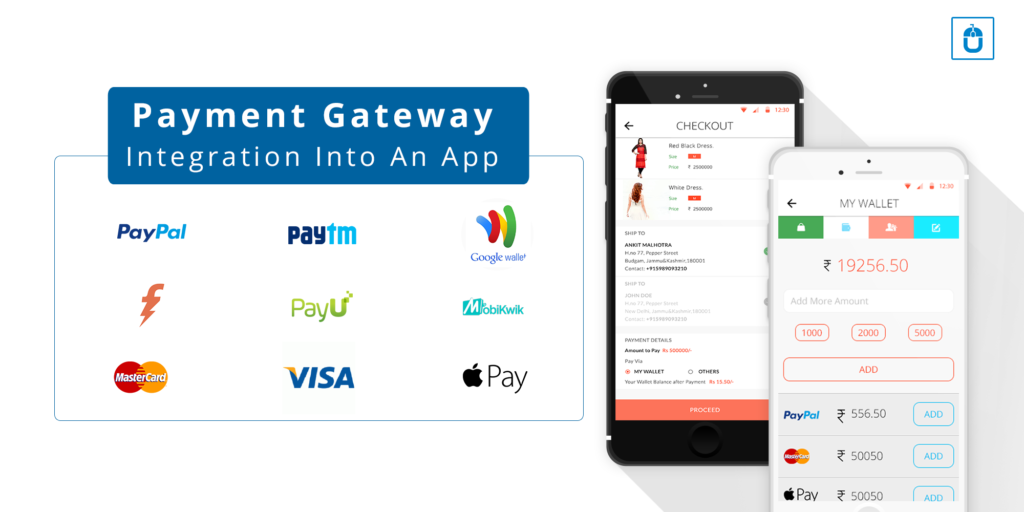AUTHOR : HANIYA SMITH
DATE : 18/10/2023
In the era of the internet, online transactions[1] have seamlessly woven themselves into the fabric of our everyday existence.Whether it’s purchasing products, subscribing to services, or making donations, payment gateway integration is the backbone of these transactions. Java, a versatile and widely used programming language, offers developers a robust platform for implementing payment gateway[2] solutions. In this article, we will delve into the world of payment gateway[3] integration in Java, exploring the benefits, methods, and best practices.
Introduction to Payment Gateways
Payment gateways are essential components of online transactions, allowing businesses and individuals to accept payments securely[4] over the internet. They act as intermediaries between the user’s payment method and the merchant’s website, ensuring the smooth flow of funds. Payment gateways[5] play a crucial role in authorizing, processing, and managing transactions.
Why Java for Payment Gateway Integration?
Java is a popular choice for payment gateway integration due to its versatility, security, and a vast community of developers. It provides the tools and libraries necessary to create reliable and also robust payment processing systems. Java’s scalability and cross-platform compatibility make it an ideal choice for businesses of all sizes.
Choosing the Right Payment Gateway

Choosing the appropriate payment gateway represents a pivotal choice in any financial strategy.Factors to consider include transaction fees, geographical coverage, accepted payment methods, and also security features. Popular payment gateways such as PayPal, Stripe, and Authorize.Net offer Java integration support.
Setting Up Your Development Environment
Before diving into payment gateway integration, it’s essential to set up your development environment. Install Java Development Kit (JDK), Integrated Development Environment (IDE), and also any necessary libraries or SDKs provided by your chosen payment gateway.
Integration Using REST API
REST APIs (Representational State Transfer Application Programming Interfaces) are commonly used for payment gateway integration. They allow you to send HTTP requests to the gateway’s server and also receive responses. Implementing REST APIs in Java is straightforward, thanks to the availability of libraries and frameworks.
Integration Using SDKs
Software Development Kits (SDKs) provided by payment gateways simplify integration. They include pre-built functions and methods to handle also payment processes efficiently. Integrating SDKs in Java is well-documented and streamlines the development process.
Handling Payment Responses

After initiating a transaction, you need to handle payment responses effectively. In Java, you can create custom handlers to manage success, failure, and also pending transactions, ensuring a seamless user experience.
Security and Encryption also
Security is paramount in payment gateway integration. Java offers robust encryption libraries to safeguard sensitive data. Implement encryption and also tokenization to protect user information and payment details.
Testing Your Integration
Thoroughly test your payment gateway integration in a controlled environment. Simulate various scenarios to ensure that your system can handle also different transaction outcomes. This is essential to identify and rectify any issues before going live.
Error Handling and Troubleshooting
No integration is error-free. Create a robust error[1] handling system in Java to detect and also address issues promptly. Log errors, monitor performance, and implement error recovery mechanisms.
Best Practices for Payment Gateway Integration
Follow best practices to ensure a seamless and secure payment gateway integration. These practices include keeping libraries and SDKs up-to-date, regular security audits, and also adhering to PCI DSS (Payment Card Industry Data Security Standard) compliance.
Mobile Payment Integration

Mobile payments are on the rise. Explore mobile payment gateway integration in Java to tap into this growing market. Ensure that your payment gateway is compatible with both Android and iOS platforms.
E-commerce Integration
For e-commerce businesses, payment gateway integration is a lifeline. Customize your integration to accommodate e-commerce features like shopping carts,[2] subscription models, and also one-click purchases.
Future Trends
The field of payment gateway integration is dynamic. Stay updated on emerging trends, such as cryptocurrency integration and contactless payments, to keep your system relevant and also competitive.
E-commerce Integration
For e-commerce businesses, payment gateway integration is the lifeblood of their operations. To succeed in the competitive e-commerce industry, it’s essential to customize your integration to accommodate specific e-commerce features. There are certain fundamental aspects that warrant your attention, including:
- Shopping Carts: Integrate payment gateways seamlessly with shopping cart functionality to allow users to add and remove items easily, calculate the total cost, and also proceed to checkout effortlessly.
- Subscription Models: If your e-commerce business offers subscription-based services, you’ll need to ensure your payment gateway can handle recurring payments efficiently.[3] This involves setting up automated billing cycles and also providing customers with easy options to manage their subscriptions.
Future Trends

The world of payment gateway integration is continuously evolving to keep up with changing consumer preferences and also technological advancements. Here are some of the emerging trends in payment processing:
- Cryptocurrency Integration: With the rise of cryptocurrencies like Bitcoin and also Ethereum, many payment gateways are now exploring the integration of digital currencies. This trend allows businesses to accept payments in various cryptocurrencies, expanding their customer base and catering to tech-savvy users.
- Contactless Payments: In a post-pandemic world, contactless payments have gained significant popularity. Payment gateways are adapting to this trend, making it easier for businesses to accept contactless payments through various methods such as NFC (Near Field Communication) and also mobile wallets.
Conclusion
Payment gateway integration in Java [4]is a fundamental aspect of the digital economy. With the right payment gateway and Java’s capabilities, businesses can offer a secure and also efficient online payment experience to their customers. Whether you are a small online store or a large e-commerce platform, Java provides the tools you need for seamless integration.
FAQs
1. What is a payment gateway?
A payment gateway is a technology that facilitates online transactions by acting as an intermediary between the user’s payment method and also the merchant’s website.
2. Why choose Java for payment gateway integration?
Java is chosen for payment gateway integration due to its versatility, security, and a vast community of developers, making it a reliable choice.
3. How do I handle payment responses in Java?
In Java, you can create custom handlers to manage payment responses, including success, failure, and pending transactions.





